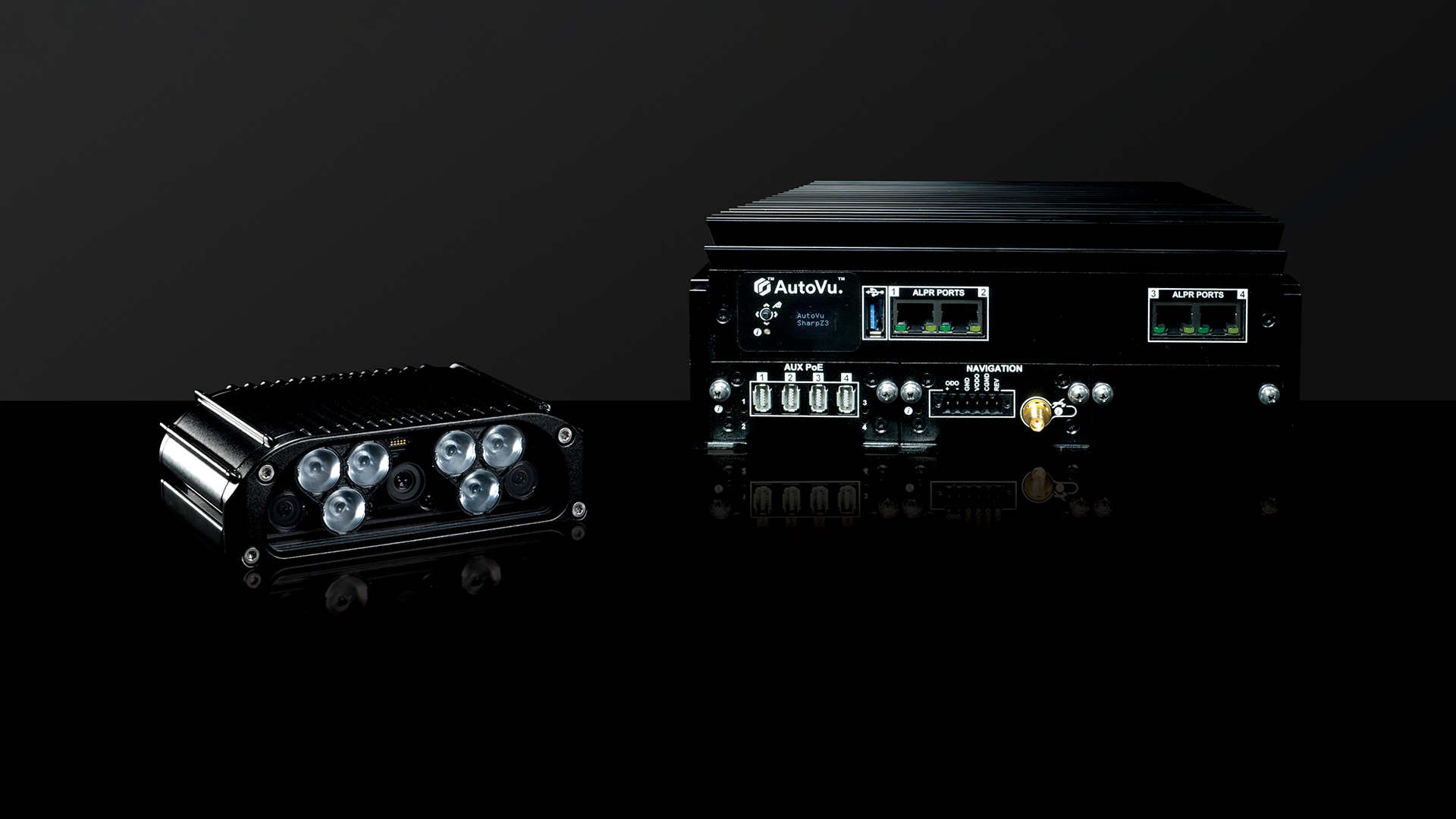What’s new in SharpZ3 OS 13.6.1?
The latest release of AutoVu SharpZ3 OS includes new features like vehicle-based analytic options, added stereoscopy, and dual exposure which improves overall reading accuracy.

Stereoscopy for improved read location accuracy
The AutoVu™ SharpZ3 cameras have three sensors: two license plate recognition (LPR) sensors and one context image sensor. With the release of this new firmware, mobile automatic license plate recognition (ALPR) devices use both LPR sensors.
In the same way human eyes use stereoscopy to judge distance, the new stereoscopy feature improves the accuracy of location information when reading a license plate. The use of both LP sensors allows SharpZ3 mobile ALPR devices to estimate a vehicle’s position. This can be helpful in parking applications to understand whether a vehicle has violated parking regulations.
Improved capture rate with dual exposure
The release of SharpZ3 OS 13.6.1 means that dual exposure can now be enabled in SharpZ3 cameras. Each of the LPR sensors takes an image, one takes a low-exposure image while the other takes a high-exposure image. This allows the system to select the best image for proper data extraction. In countries with various plate designs, it improves the overall capture rate and accuracy of reads.
It’s important to note that in this firmware release, the stereoscopy and dual exposure features can’t be enabled simultaneously. The ability to do so will be available in future SharpZ3 OS releases.
Learn more about vehicles captured by your mobile ALPR devices
Only collecting license plate information may not be enough for operators to complete their daily tasks. With SharpZ3 OS 13.6.1, much like what was released in SharpOS 13.6.0 for the fixed SharpV cameras, you can now benefit from improved vehicle type analytics, vehicle orientation information, and vehicle accessory detection.
Get more granular with the vehicle type
Vehicle type analytics now means a more detailed understanding of vehicles being detected. For instance, with this new release, you can differentiate a “two-door sedan” from a “four-door sedan”. The same would apply to “truck” becoming more granular, like “dump truck”, for instance.
The classification model used in SharpZ3 OS 13.6.1 now allows you to obtain up to of 24 vehicle classifications.
Know the vehicle orientation
With the added vehicle orientation analytics, you’ll know at what angle the vehicle was detected. Front, front side, back, and backside are all examples of orientations available. These analytics can better understand where the vehicle is headed.
New vehicle accessories
If you need to track down a vehicle with an added accessory, you don’t need to sift through hundreds of context images to find it. Vehicle accessory detection now lets you know if a spare tire, trailer hitch, or any other rear attachments have been detected.
New and improved ALPR regional contexts
With this release, North American plates have been improved, and new regional contexts have been added. With SharpZ3 OS 13.6.1, you can now capture plates in Ecuador and Israel. Some contexts have been enhanced for Oman, Qatar, and Jordan.